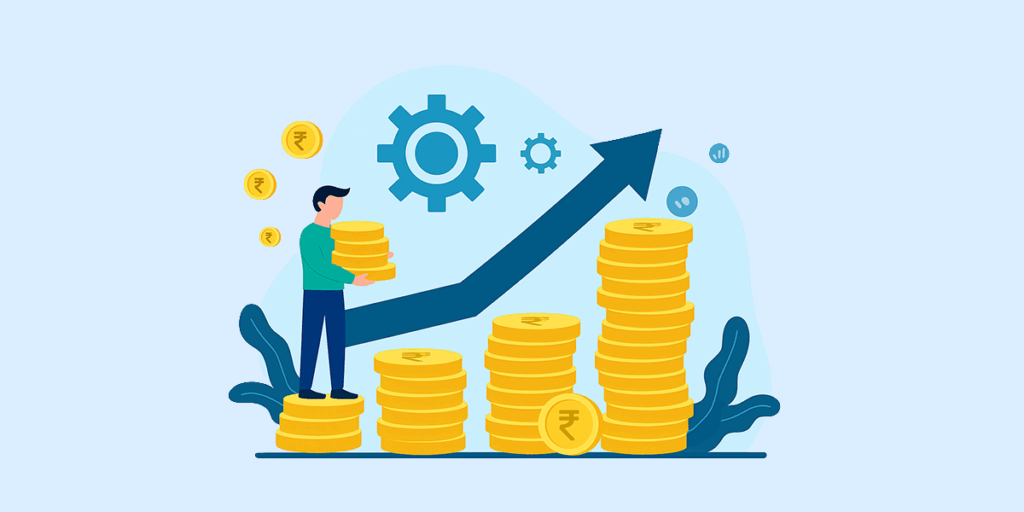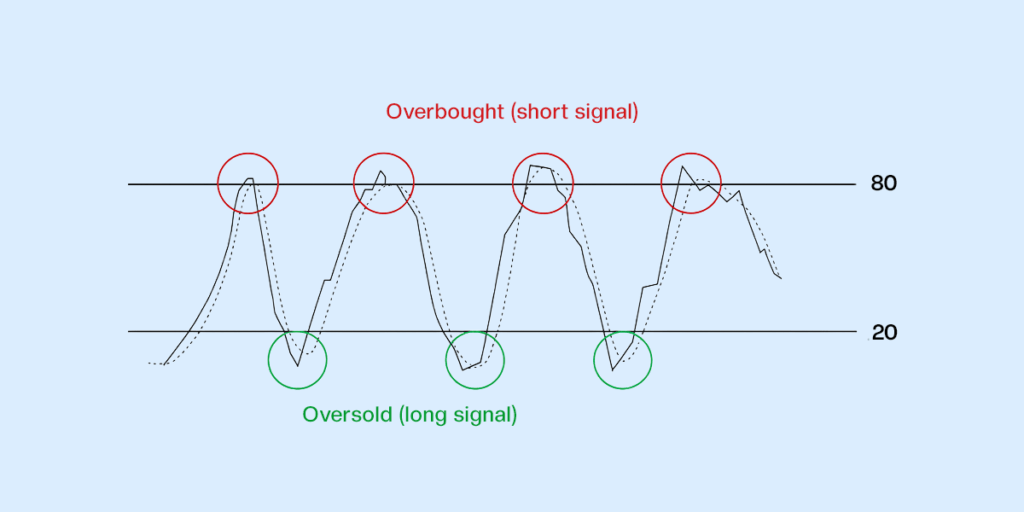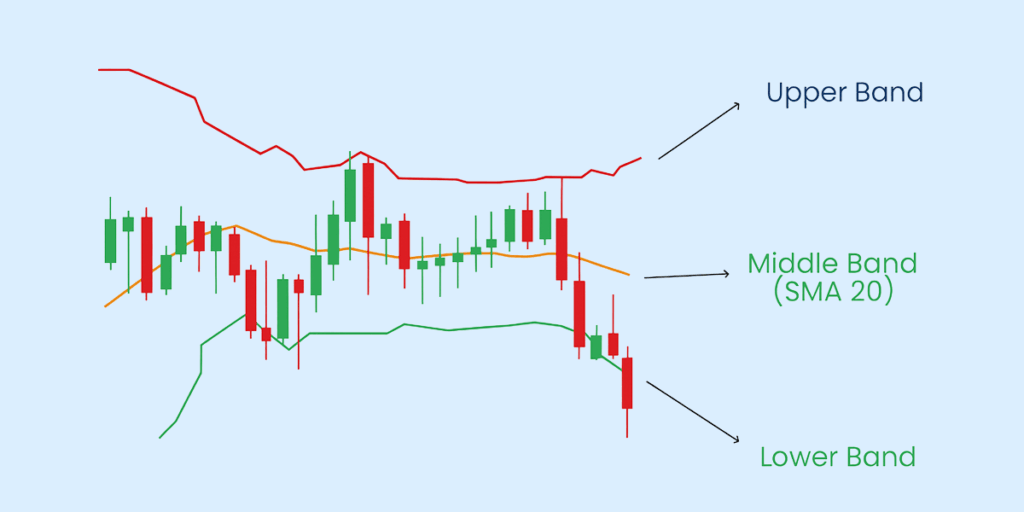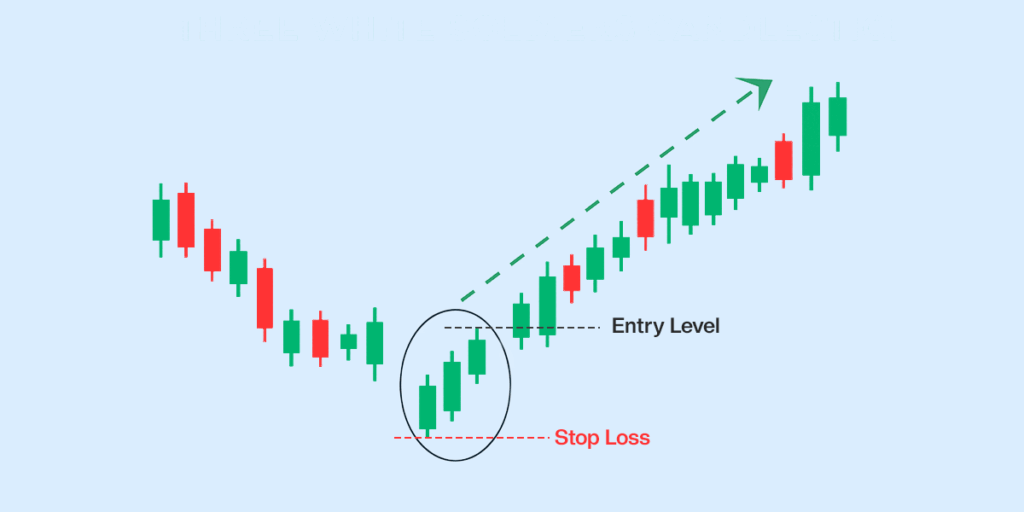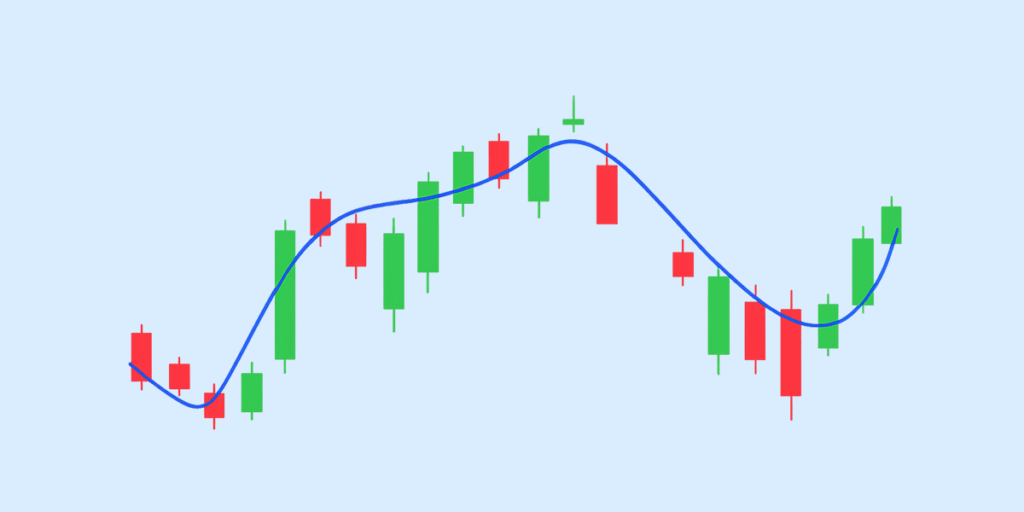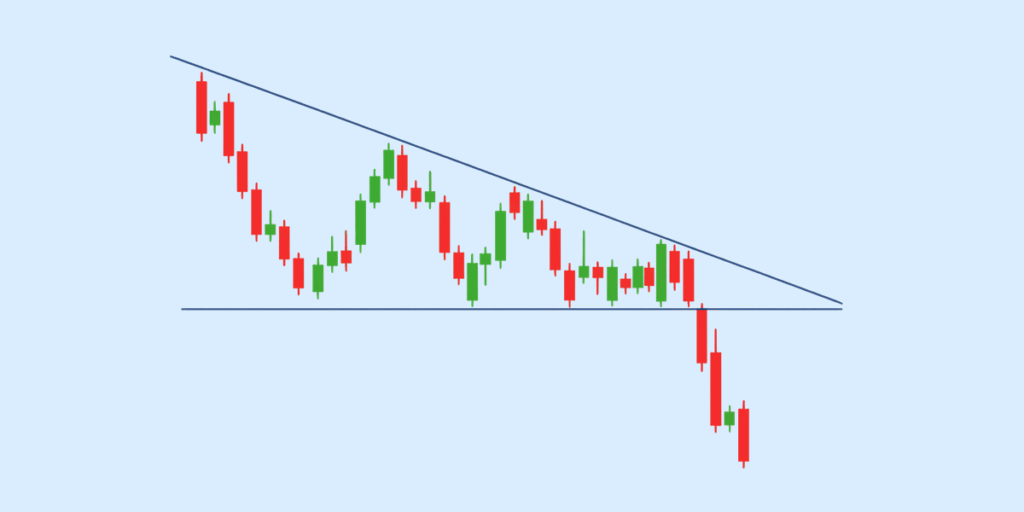Ask someone how to become wealthy, and you will often get two types of answers. The first will focus on doing well in your career and working towards having a high, stable income that keeps increasing with age and experience. The second will be a short answer – invest. While the first may seem like a more intuitive and straightforward way to build wealth for most, it’s really the second one that has been the way most people with high net-worths have gotten there.
But what really is investing? And how can you begin investing? Is it something that can be beneficial to everybody? When is the right time to begin? These are all questions that you will have answers to by the end of this article.
Table of contents
1. What is investing?
2. Why is investing important?
3. When should you start investing?
4. Investment options for beginners
5. How to start investing money for beginners?
6. Kal kare so aaj kar: Begin investing now
7. Frequently asked questions
1. What is investing?
Investing is buying something that helps generate profits over time. This something that you invest in is called an asset – assets are items of value such as real estate, stocks, bonds, gold, etc. The profits generated can either be in the form of a regular income stream like interest income or capital appreciation, where the asset increases in value over time.
A simple example of investing is buying 10 shares of a company for ₹100 each expecting the price of the shares to increase over time. So, if after five years, the price of the shares has gone up to ₹125, you would have made a profit of ₹25 per share. But why is this, the act of investing, important? Because you are making your money work for you instead of working for money. Let’s see what that means.
2. Why is investing important?
Why do all the millionaires and billionaires around the world put such great emphasis on the importance of investing? It’s because of the following powerful factors:
2.1 Compounding returns
The process of compounding or compound interest is such that your returns earn more returns, and this snowballs into a significant amount of money over time. Say you invest ₹10,000 in an investment product at a rate of return of 10%. At the end of the first year, your money will amount to ₹11,000. Now, in the second year, not only will your initial invested amount of ₹10,000 earn 10% returns but so will the ₹1,000 your investment earned previously. So, now, you will earn 10% on ₹11,000. This process will continue until you withdraw your money. And this is precisely what it means to make your money work for you.
2.2 Beating inflation
With time, the general price level of goods and services tends to increase. This, in turn, means that the value of your money decreases over time. What you can buy for ₹500 now will require more money to purchase five years down the line. If you don’t invest your money, you cannot stop its value from eroding as time passes by. However, when you invest your money in certain assets, such as stocks, that tend to provide returns that are inflation-beating, you can preserve the value of your money and increase it too. For instance, if your investment’s rate of return is 12%, and the rate of inflation is 7%, then not only is your investment beating inflation but also providing you with 5% returns in excess.
So, investing primarily allows you to preserve the value of your money and grow your money over time. By doing so, you can meet a range of financial goals, whether short-term, medium-term, or long-term – such as going on a vacation, funding your wedding, buying a house, and more. But when is the right time to start investing? Are you too early, or is it late already? Let’s find out.
3. When should you start investing?
When it comes to investing, the earlier, the better. One of the most legendary investors of all time, Warren Buffett, began investing at the age of 11. But why is it important to begin investing as early as possible? That is because the longer your investment has, the more powerful the impact of compounding will be. Let’s illustrate this with the help of an example.
Say two friends, Mahi and Arjun, of the same age, have the goal of building a retirement corpus by the time they are 60. Each invests ₹10 lakhs in the same investment product offering a rate of return of 12%. The only difference is Mahi invests at the age of 25 while Arjun invests at the age of 35. So, Mahi has an investment period of 10 more years, and this translates to a significant difference. By the time Mahi and Arjun reach the retirement age of 60, Mahi’s investment value will be around ₹5.27 crores, while Arjun’s will only be around ₹1.7 crores.
As you can tell, when it comes to investing, the earlier you get started, the more wealth you can build. And irrespective of your age, income, and life stage, there are several options for you to begin investing and build a portfolio that help fulfil your investment objectives.
4. Investment options for beginners
Primarily, investments are divided into two asset classes – equity and debt. Equity investments essentially mean investing in the stock market, whereas debt investments mean investing in fixed-income securities such as bonds and fixed deposits. Here are some of the best investment options for beginners:
4.1 Fixed deposits
Fixed deposits are deposits you make with a bank or any other financial institution for a fixed period of time. Over this period, the institution offers you a fixed rate of interest. Fixed deposits are one of the safest and best investment options for beginners out there because they carry practically no risk (unless the financial institution goes bankrupt). Your investment’s value does not fluctuate, and your returns are fixed and predetermined. As a beginner, building an emergency fund – an amount of money that can cover six months’ worth of your expenses – and parking it in an avenue like fixed deposits is recommended before you begin investing in higher-risk assets such as stocks.
4.2 Stocks
When you invest in the shares or stocks of a company such as Amazon or Nike, you are investing in the stock market. Stocks are one of the most preferred investment options because they are market-linked. What this means is that the price of stocks keeps fluctuating based on a range of factors, and you can earn significant capital gains from such price fluctuations over time. However, such volatility is a double-edged sword, as sharp dips in stock prices can also lead to capital losses.
4.3 Bonds
When governments or companies want to raise money, they issue bonds to the public. When you invest in a bond, you essentially lend money to the bond issuer. Every bond comes with a fixed tenure and a coupon or interest rate. Throughout the bond period, the bond issuer pays you the interest promised and returns your capital to you at the end of the tenure. Bonds are debt instruments and are a great way to hedge the risk of volatility from stocks. While they may offer a lower rate of return when compared to stocks, they preserve your capital and are not impacted by market conditions. Hence, many investors aim to have a balance between stocks and bonds in their investment portfolio.
4.4 ETFs
Exchange-Traded Funds (ETFs) are one of the best investment options for beginners because they offer a safer and more convenient way of investing in both stocks and bonds. A professional fund manager picks several underlying securities and bundles them up to offer to investors. So, when you invest in an equity ETF, you are not investing in the stocks of just one company but of several companies that make up the portfolio of that ETF. This helps diversify and spread the risk of investment. At the same time, all the important decisions of when to buy, sell, and rebalance are made by the fund manager, so that pressure is off you when you are just starting out with your investment journey.
4.5 Mutual funds
Mutual funds are similar to ETFs in that they are a type of pooled security offering diversification. They are also professionally managed and are considered a good investment option for beginners. However, mutual funds may turn out to be a costlier investment option than ETFs because they tend to have higher expense ratios. An expense ratio is what the asset management company that manages the mutual fund or ETF charges investors. A higher expense ratio eats into your investment returns and may not be ideal.
An important thing to remember when you begin investing is that you don’t have to pick only one type of investment product. Each investment product comes with its own risk-return profile and has pros and cons. You need to understand how that aligns with your financial goals and risk tolerance, and invest accordingly.
5. How to start investing money for beginners?
At this point, you must be wondering how to start investing or how to become an investor. As a beginner, here are the things you need to do:
5.1 Figure out your risk tolerance
Figuring out your risk tolerance is crucial to understand what kind of investments you should make. It is the amount of risk you can and are willing to take when investing your money. It depends on factors such as age, income, debt obligations, dependents, and personality.
Someone who is in their 30s without any dependents and decades of earning years ahead of them will have a higher risk tolerance than someone in their 50s close to retirement. The higher your risk tolerance, the higher can be your exposure to equity. That’s because equity investments are volatile in the short term, but the volatility is hedged over the long term.
5.2 Set your financial goals
Before you begin any investment, it is important to know what goal you aim to meet with it. Depending on your goals, you will know what your investment horizon is, how much money you should invest, and what kind of asset you should invest in.
For example, if you want to aim for wealth generation over the long term to meet goals such as building a retirement corpus, you can invest in stocks and equity ETFs. But if you simply want to park your excess capital to meet a goal which is a few months away, your aim would be capital preservation, and for that, you could invest in short-term bonds or liquid mutual funds.
5.3 Pick an investing strategy
One of the essential steps in learning how to become an investor is understanding the type of investor you want to be. Do you want to pick an active or a passive investment strategy? This determines your level of involvement in investment decisions.
As a beginner, you may want to start with a passive strategy where you invest indirectly through ETFs and mutual funds. Then, as you gain confidence and market knowledge, you can try a more active approach and undertake individual stock picking.
5.4 Open an investment account
For investing in stocks and ETFs, you will first have to open a trading and demat account. Then you can select a broker or agent through whom you can make your investments. There are several types of brokers ranging from discount brokers and full-service brokers, whose fees and services differ.
A great option for beginners is using an online investment platform like Appreciate, which makes your investment journey easy and intuitive. Appreciate’s AI-based recommendations will help you build a portfolio that is aligned with your risk tolerance and goals in an affordable, low-cost manner.
5.5 Remember to diversify
When you begin to learn how to invest money, you may start with a few investments. But after a while, you will want to build an investment portfolio that helps meet various financial needs. When doing this, it’s important to remember to diversify. Your investments should be spread across asset classes, such as equity and debt, to reduce the risks specific to one asset class.
Another type of diversification you should undertake is diversifying across geographies. Markets in all countries are not perfectly synced. So the underperformance of investments in one country could be hedged by the performance of investments in another. For example, you can seamlessly access a wide range of high-performing US stocks and ETFs through Appreciate and add that to your portfolio.
Learn more: Why you should consider overseas diversification of your portfolio
As you begin investing, you will also have to spend some time understanding the features and fundamentals of different securities like stocks and bonds. This will allow you to make informed decisions and make the most out of your investments.
6. Kal kare so aaj kar: Begin investing now
The earlier you start investing, the better it is. Even if you feel like you do not have a lot of surplus money to begin investing at the moment, that is not an issue. Investment options like Systematic Investment Plans (SIPs) are readily accessible today, where you can begin investing with as little as ₹500 a month.
In fact, Appreciate allows you to invest as little as ₹1 through change savings, where every time you spend money to buy anything, your transaction will be rounded up, and the balance will be invested in securities of your choice. This way, you do not have to do anything extraordinarily different in your day-to-day life because every time you spend, you will also be investing!
Taking the plunge may seem daunting at first. There’s much to learn and understand, but don’t let it stop you from getting started. Remember, time is a priceless asset.
Read more: 4 investing hurdles beginners face, and how to get past them
7. Frequently asked questions
7.1 Where to invest my money?
You can invest your money in a wide variety of securities, including stocks, bonds, ETFs, mutual funds, gold, and real estate. The best investment options for beginners include ETFs and mutual funds, as your money here is managed by professional fund managers.
7.2 Which investment has the highest return?
Equity or stocks typically tend to have the highest return as they are market-linked investments. This means that the price of stocks fluctuates based on a range of micro and macroeconomic factors and this volatility, combined with the growth of the underlying businesses, can help earn high returns. At the same time, there is a higher level of risk in stocks, as if the stock price drops sharply, you may lose money.
7.3 Which investments are completely tax-free?
There are a few investment products, such as Public Provident Fund (PPF) and life insurance, that are completely tax-free and have Exempt Exempt Exempt (EEE) status. Other investment options, such as equity-linked savings schemes, are partially tax-free through exemptions and deductions under the Income Tax Act, 1961.
7.4 Is 30s too late to start investing?
No, your 30s is not too late to start investing. No matter your age, you can begin investing and build an investment portfolio that helps meet various financial goals, including capital preservation and capital appreciation.
7.5 What is the difference between saving and investing?
Saving involves keeping aside some money from your income to be used at some point in the future. There is no risk and no reward when you save money. The value of your money does not grow. In fact, over time, it only erodes due to inflation. Investing, on the other hand, is using your money to buy assets that will help your money grow over time.




